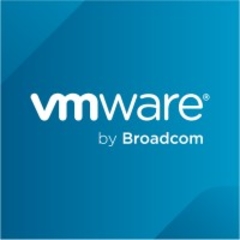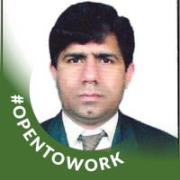What is our primary use case?
We are a system integration company and this is one of the solutions that we provide to our clients.
One of our clients in the Health Care field is in the process of modernizing their data center using this solution. It will be replacing a lot of different products from different vendors that all have different levels of support. Currently, a large team is required to maintain the data center because it contains legacy technology, and the management of everything is very tough.
This solution helps customers to utilize existing hardware and perform this type of migration in steps, replacing hardware devices one by one. It helps us to scale up and scale-out. We can decommission an old server and add a new one, but we don't have to decommission everything all at once. With some customization, we can utilize the existing resources.
There are different deployment models, including both public cloud and private cloud.
What is most valuable?
The most valuable feature of this solution is the SDDC Manager. It is the big difference between this product and its competitors.
the VMware SDDC solution gives the IT admin fully control on the level of HW and SW, you could manage, upgrade and update the VMware infrastructure and you could utilize vRealize suite for operation and automation of your project.
so, the most valuable thing in the SDDC solution are two products which make it different from the competitors:
1- VMware NSX for networking and security virtualization
2- VMware SDDC Manager
What needs improvement?
The main problem that we are facing with this solution is vSAN stability. Sometimes, the storage becomes unstable. It is not an issue with integration; rather, it seems to be within vSAN. It could be the hardware that we are working with. VMware has confirmed the bugs, but have not told us to upgrade the hardware. It is compatible and everything is ok, so I don't know. VMware has done some upgrading and patching.
Not all of the storage systems from other vendors can be integrated into this solution.
The licensing for this solution should be improved. For example, you should be able to expand the SDDC with a compute-only node, rather than a hyper-converged node. Otherwise, you are buying a vSAN license for nothing. Their competitors, like Cisco, do not have this problem.
They have to add the fibre channel storage so that it can be integrated with the SDDC nodes. That was the customer can utilize their storage for file-sharing, which most of the customers have. EMC Unity and HP3PAR connect using FC connectivity, but for this solution, we have to change everything in order to mount this storage to the SDDC node.
Adding endpoint security to this solution would be a good improvement.
For how long have I used the solution?
I have been using this solution for about five years.
What do I think about the stability of the solution?
This is a stable solution, but the stability is not as good as some other products such as VxRail and Nutanix. While more recent releases may be more stable, I have had some issues in the past. VMware did solve a couple of bugs for us.
What do I think about the scalability of the solution?
This solution is very scalable.
How are customer service and support?
The technical support for this solution is perfect. They are very co-operative.
Which solution did I use previously and why did I switch?
Prior to this solution, we worked manually. We would supply a hyper-converged infrastructure to our customers and then install a software-defined network. It is an SDDC, but there is no single management portal. This means that it is not fully integrated.
How was the initial setup?
The initial setup of this solution is easy. All of the customers can go to VMware Hands-on Labs online and test this solution before buying it.
The time required for deployment depends on many things. It depends on whether they are migrating data, or if they are a disaster recovery site, and how many nodes there are. It also depends on the integration.
If we exclude the racking and stacking, physical network connectivity, and hardware configuration, and are only setting up SDDC for say ten nodes, then it can be done in three to five hours. It's up and running, albeit empty, without virtual machines or anything else.
What's my experience with pricing, setup cost, and licensing?
All of the customers can go to VMware Hands-on Labs online and test this solution before buying it.
Which other solutions did I evaluate?
If you add virtualization to and HCI solution then VxRail is more stable than this solution. However, VxRail is more difficult to upgrade and patch because it is more complicated.
When you install a Nutanix system then you never have to touch it.
This solution is being sold more often than competing solutions by Dell and HP.
What other advice do I have?
I would rate this solution a nine out of ten.
Disclosure: My company does not have a business relationship with this vendor other than being a customer.




